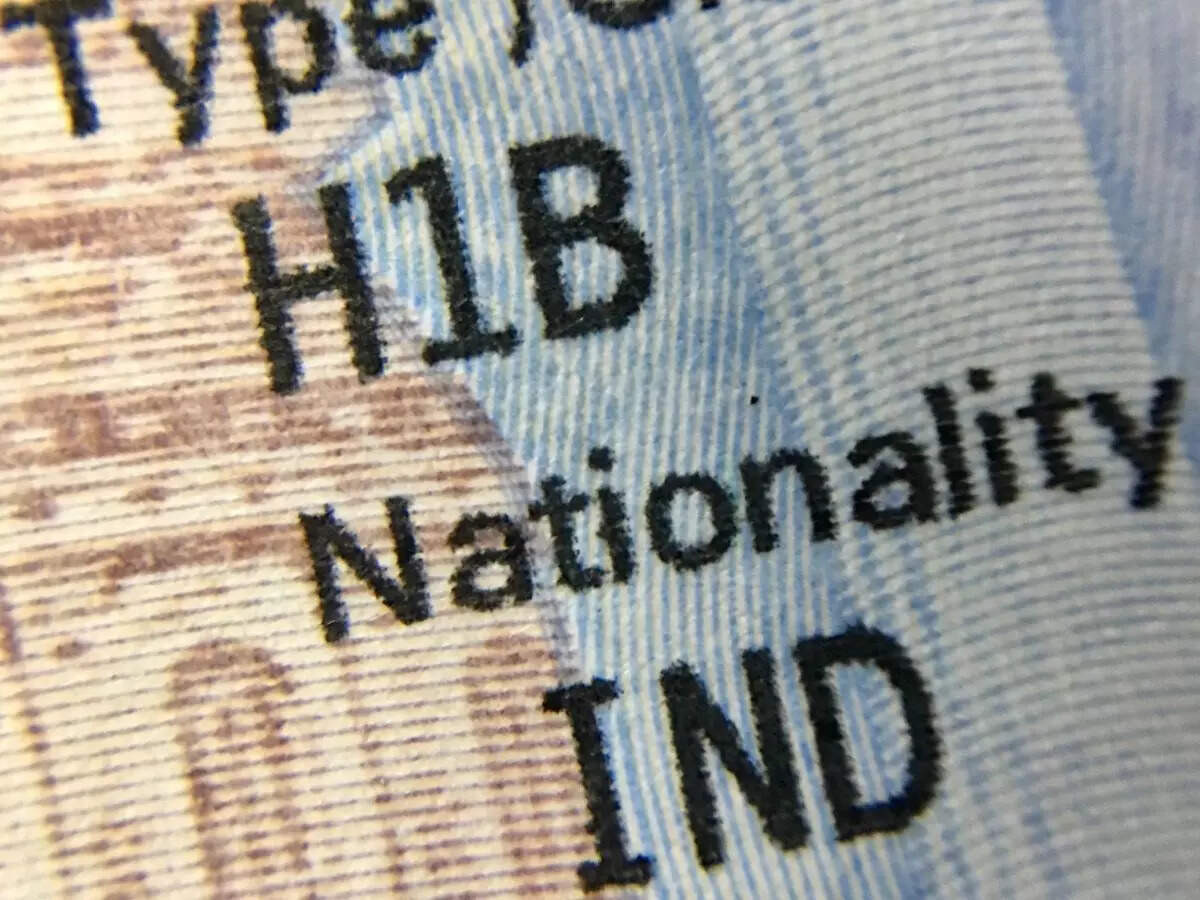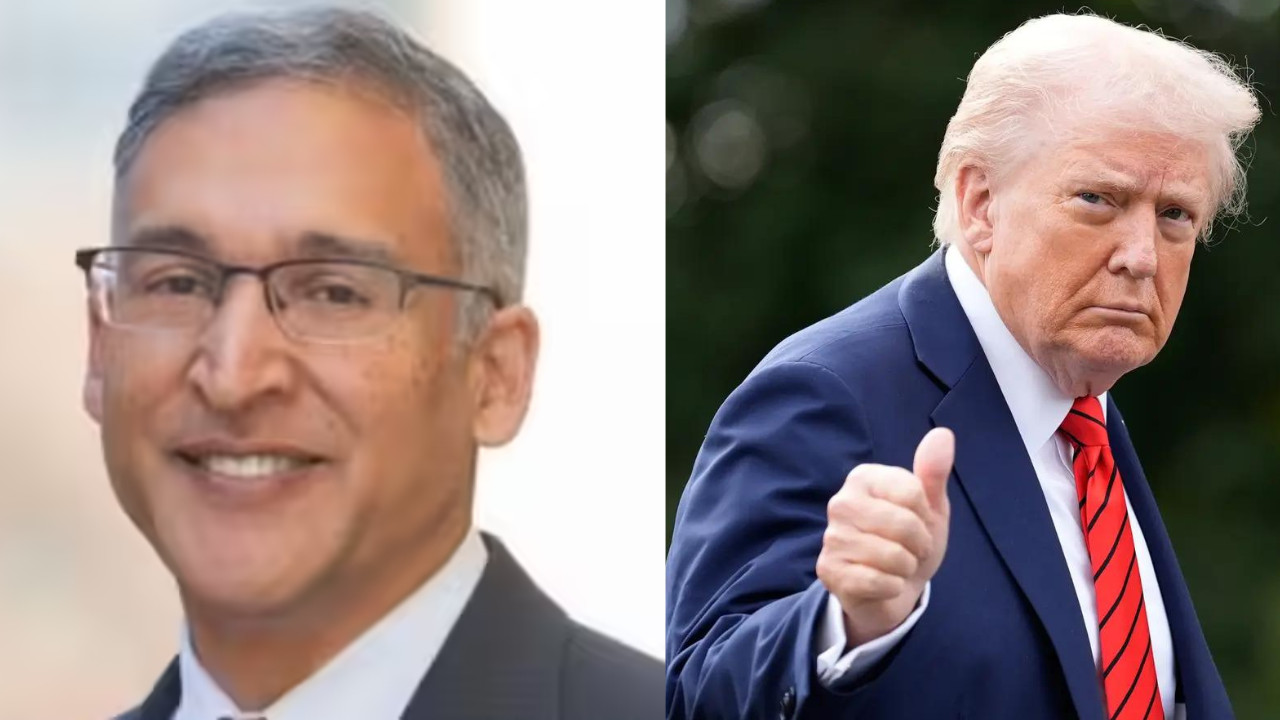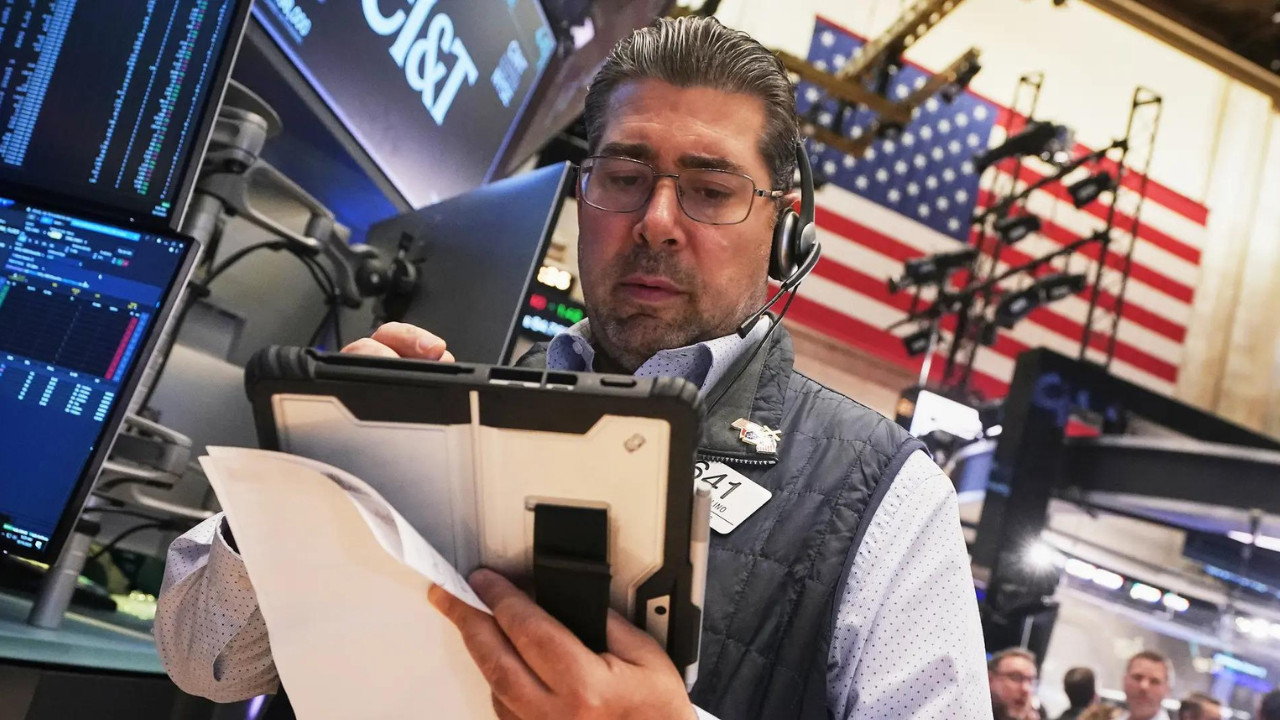The Indian government is engaging with the US administration and the IT sector to address the impending H-1B visa fee increase, set to take effect on September 21. This hike, potentially reaching $100,000, will disproportionately affect American companies heavily reliant on these visas for skilled workers.
Will the H-1B Visa Fee Hike Actually Hurt American Companies More?
The winds of change are stirring once again in the world of H-1B visas, and this time, India is engaging directly with the U.S. and its tech industry over a proposed fee hike. While the narrative often frames such increases as primarily impacting Indian tech workers and companies reliant on specialized foreign talent, a closer look suggests American businesses might feel the sting even more acutely.
For years, the H-1B visa has been a crucial pathway for U.S. companies to access specialized skills, particularly in the tech sector. It’s allowed them to fill critical roles when domestic talent pools haven’t kept pace with the rapid evolution of technology. But this access comes at a cost, and that cost is potentially about to rise. The Indian government, understanding the importance of this visa program to its citizens and the global tech landscape, is actively in discussions with U.S. officials and IT organizations. The aim? To ensure any changes are fair and equitable.
The Ripple Effect of Increased H-1B Visa Fees
It’s easy to see the immediate impact of higher H-1B visa fees on Indian IT companies. These firms, which play a significant role in providing IT services to American businesses, will face increased operational expenses. This could lead to tighter margins, potentially impacting their competitiveness. However, it’s a far too simplistic view to only examine it from a cost perspective.
The real question becomes: who ultimately bears the burden of these increased costs? The answer, arguably, is American businesses. Here’s why:
Increased costs for Indian IT companies can translate into higher prices for their services. U.S. businesses that rely on these services, often for crucial aspects of their operations like software development, infrastructure management, and cybersecurity, may face a difficult choice: absorb the increased costs themselves, or pass them on to their consumers. In either scenario, the American economy feels the pinch.

American Innovation at Stake?
Beyond immediate cost implications, a less obvious but equally significant concern is the potential impact on innovation. The H-1B visa program has played a vital role in bringing talented engineers, scientists, and researchers to the U.S., contributing to breakthroughs across various industries. By making it more expensive and cumbersome to hire these individuals, the U.S. risks stifling its own innovation engine.
American companies may find it more challenging to compete globally if they are limited in their ability to access the best talent, regardless of nationality. While there’s a strong push to develop more domestic talent, these efforts take time, and the immediate need for skilled workers remains. Restricting access to global talent could lead to delays in product development, slower innovation, and ultimately, a loss of competitiveness. This links closely to the broader discussion around STEM education in the U.S. and how to nurture the next generation of innovators. You can read more about that in our article on [the STEM education gap](related_stem_article).
A Call for Balanced H-1B Visa Policies
The current dialogue between India and the U.S. is a crucial opportunity to strike a balance. While it’s understandable for the U.S. to want to ensure the H-1B visa program benefits its own citizens, it’s equally important to recognize the program’s positive contributions to the American economy.
Policies that are overly restrictive or financially burdensome could inadvertently harm American businesses, stifle innovation, and ultimately undermine U.S. competitiveness. A more collaborative approach, focused on streamlining the visa process, investing in domestic talent development, and ensuring fair competition, would likely yield more positive outcomes for all stakeholders. The U.S. should evaluate whether raising the H-1B visa fee is the most sustainable way of achieving its domestic goals.
Ultimately, the H-1B visa issue isn’t a simple equation of one country winning and another losing. It’s a complex interplay of economic factors, talent flows, and global competitiveness. Finding a solution that works for everyone requires open communication, a willingness to compromise, and a focus on the long-term benefits of a healthy and vibrant global economy. Navigating this landscape requires careful consideration to ensure continued growth for both nations.







